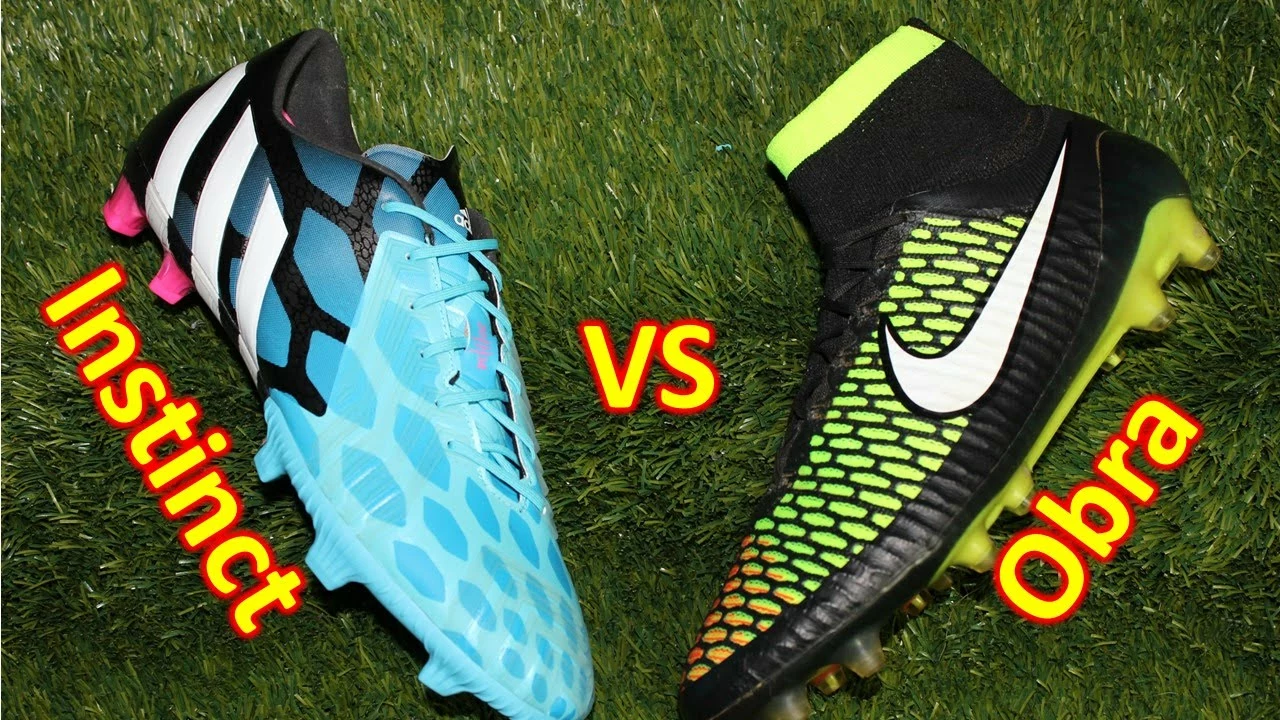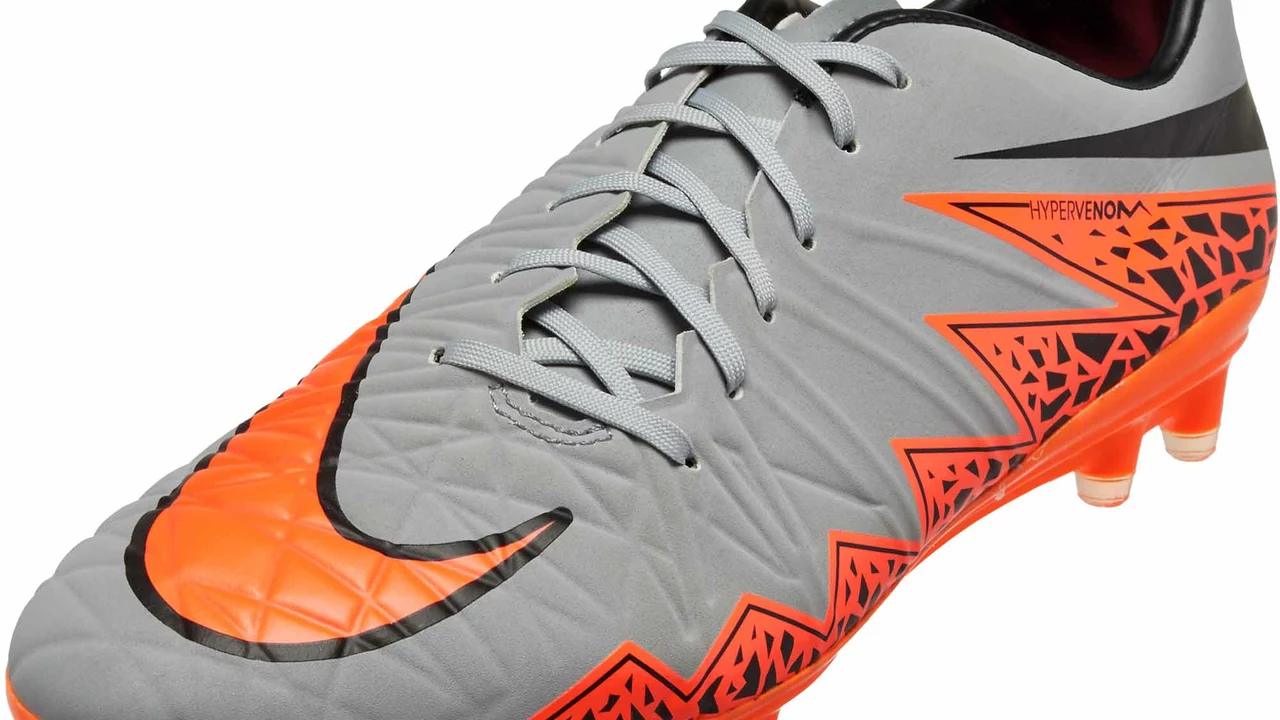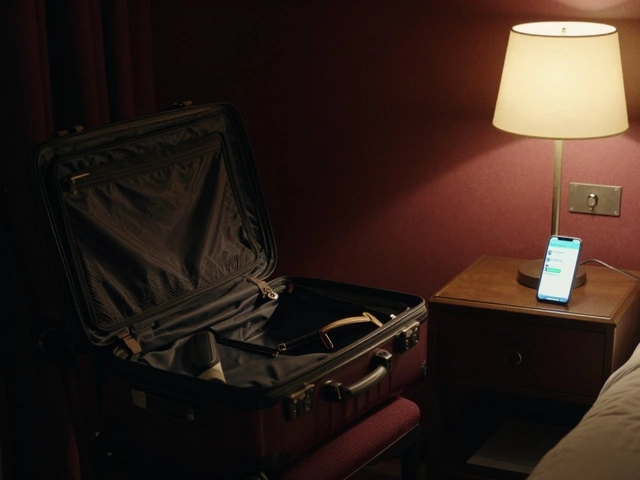Soccer Cleats: How to Pick, Stretch & Keep Them in Top Shape
First thing when you’re looking at soccer cleats is the fit. Too tight and your foot hurts, too loose and they slip off. Try them on with the socks you play in and walk around the store. If there’s a little wiggle in the toe box but the heel stays snug, you’re golden.
Choosing the Right Pair
Materials matter. Leather molds to your foot over time and feels comfortable, but it’s heavier and can get soggy in wet grass. Synthetic uppers are light and dry fast, perfect for rainy days. Think about the surface you play on – firm ground, soft ground or artificial turf – and pick the sole that matches. Firm‑ground studs are hard and give traction on dry fields, while soft‑ground studs are longer and spread the pressure on muddy pitches.
Size isn’t just about length. Width and arch support count too. If you have a high arch, look for cleats with a supportive footbed or add an insole. Wide feet need a roomy toe box; some brands label it “wide fit.” Don’t just go by the number on the box – each brand sizes a bit differently.
Stretching and Breaking In
New cleats can feel stiff. A simple way to stretch them is to soak them in warm water for 10‑15 minutes, then slip them on and walk around until they dry. For extra stretch, use a shoe stretcher or a hair dryer on low heat while flexing the shoe with your hands. Focus on the toe box and the sides if they feel tight. After stretching, wear the cleats for an hour or two each day before a match – that way they mold to your foot without hurting you.
Another tip is to wear thick socks while breaking them in. The extra material pushes the leather out a bit, making the fit more comfortable. If you still feel pressure spots after a few games, a little bit of leather conditioner can soften the material and reduce friction.
Keeping cleats in good shape saves money. After every game, brush off mud and rinse them with a damp cloth – avoid soaking them in a tub, it can weaken the glue. Let them air dry away from direct heat; a radiator will shrink the uppers. Store them in a ventilated shoe bag so they don’t get moldy.
When it comes time to replace them, don’t wait until the studs are worn down to the base. Worn studs lose traction fast and can lead to slips. A good rule is to change firm‑ground cleats after about 80‑100 hours of play, and soft‑ground ones after 50‑70 hours.
Bottom line: pick the right material and sole for your game, make sure they fit snugly, stretch them gently, and keep them clean. Follow these steps and your soccer cleats will feel like an extension of your foot, helping you perform your best on the pitch.
Which is better, Nike or Adidas soccer cleats?
Alright, soccer fans, get ready to rumble! The ultimate showdown between Nike and Adidas soccer cleats - it's like choosing between Batman and Superman, right? Both are super in their own ways. Nike cleats seem to have a more snug fit, perfect for those with narrow feet. Meanwhile, Adidas, my wide-footed comrades, is your winning ticket, offering wider and more comfortable fit. So, the verdict? It's less about the brand and more about the fit for your foot type. Now, lace up and get out there, folks!
Do Nike hypervenom soccer cleats last long?
Well, lace up your boots and get ready for this, my soccer-loving friends! We're about to kick into the topic of Nike Hypervenom soccer cleats and their durability. From my experience, these bad boys are more durable than my New Year's resolution to quit eating pizza - trust me, that says a lot! They've been through mud, rain, and countless matches and still look sharp enough to impress on a first date. So, to nutshell the answer, yes, these Hypervenoms are like the Energizer bunny of soccer cleats - they keep going and going!




